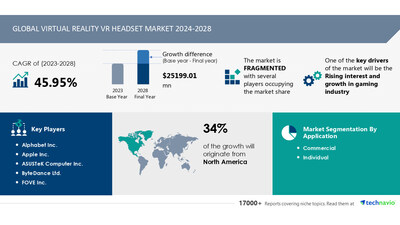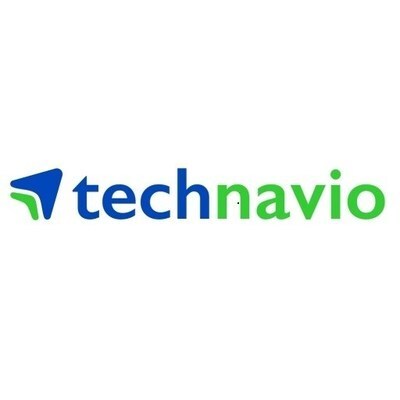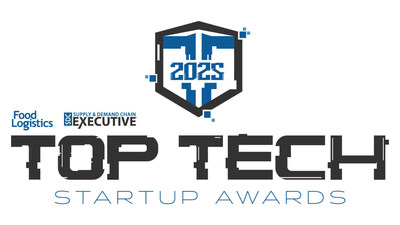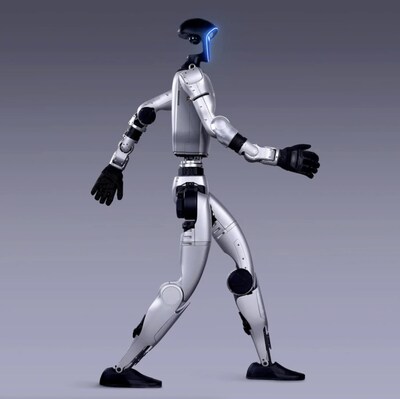Virtual Reality VR Headset Market size is set to grow by USD 25.19 billion from 2024-2028, Rising interest and growth in gaming industry to boost the market growth, Technavio
Press Releases
May 28, 2024
NEW YORK, May 28, 2024 /PRNewswire/ — The global virtual reality VR headset market size is estimated to grow by USD 25.19 billion from 2024-2028, according to Technavio. The market is estimated to grow at a CAGR of 45.95% during the forecast period.
For more insights on the forecast market size and historic data (2018 – 2022) – Download Free sample report in minutes
|
Forecast period |
2024-2028 |
|
Base Year |
2023 |
|
Historic Data |
2018 – 2022 |
|
Segment Covered |
Application (Commercial and Individual), Type (Mid-range device, Low-end device, and High-end device), and Geography (North America, APAC, Europe, Middle East and Africa, and South America) |
|
Region Covered |
North America, APAC, Europe, Middle East and Africa, and South America |
|
Key companies profiled |
Alphabet Inc., Apple Inc., ASUSTeK Computer Inc., ByteDance Ltd., FOVE Inc., Goertek Inc., HP Inc., HTC Corp., LG Electronics Inc., Meta Platforms Inc., Microsoft Corp., NOLO Co. Ltd., Pimax Inc., Samsung Electronics Co. Ltd., Seiko Epson Corp., Sony Group Corp., Valve Corp., Varjo Technologies Oy, WorldViz Inc., and Xiaomi Communications Co. Ltd. |
Key Market Trends Fueling Growth
The global virtual reality (VR) headset market is poised for growth due to the integration of augmented reality (AR) technology. This fusion is revolutionizing industries, particularly gaming, enterprise, and healthcare. In gaming, AR elements enhance VR experiences. HoloLens 2 is a prime example, superimposing holographic images.
Enterprise applications include virtual meetings, remote collaboration, and training simulations. In healthcare, VR headsets facilitate medical education, patient training, and surgical design. These advancements are expected to fuel market expansion.
The Virtual Reality market is thriving with innovation, with VR headsets being a significant driver of growth. Consumer preference for immersive experiences is on the rise, leading to increased demand for VR technology. Companies are investing in advanced features such as high resolution displays, wide fields of view, and improved tracking technology.
The market for VR headsets is projected to grow significantly in the coming years, with key players focusing on delivering more realistic and interactive experiences. Projectors, displays, and semiconductors are essential components in the production of VR headsets.
The market is also witnessing the integration of artificial intelligence and machine learning to enhance user experience. The future of VR headsets looks promising, with advancements in technology set to redefine the way we interact with digital content.
Market Challenges
- The virtual reality (VR) headset market faces challenges due to health risks and user discomfort. Motion sickness and visual fatigue are major concerns, arising from the gap between perceived visual information and actual motion. Long-term use can lead to nausea, vertigo, and pain.
- To mitigate these issues, manufacturers focus on reducing eye strain through higher display resolutions, refresh rates, and eye-tracking technology. Ergonomic design, including lightweight and ventilated headsets, is crucial for user comfort during prolonged sessions. These factors may limit market growth during the forecast period.
- The Virtual Reality (VR) headset market is experiencing significant growth, with major players introducing innovative products. However, challenges persist in this sector. One challenge is the high cost of VR headsets, making them inaccessible to many consumers. Another challenge is the need for powerful computers to run VR applications, adding to the overall expense.
- Additionally, the lack of standardized content and compatibility across different headsets can hinder adoption. Furthermore, privacy and security concerns related to the collection and use of user data in VR environments are emerging issues. Despite these challenges, the market is expected to continue expanding as technology advances and prices become more competitive.
Research report provides comprehensive data on impact of trend, driver and challenges – Download Free sample report in minutes
Segment Overview
- Application
- 1.1 Commercial
- 1.2 Individual
- Type
- 2.1 Mid-range device
- 2.2 Low-end device
- 2.3 High-end device
- Geography
- 3.1 North America
- 3.2 APAC
- 3.3 Europe
- 3.4 Middle East and Africa
- 3.5 South America
1.1 Commercial- The commercial segment holds a significant share in the global virtual reality (VR) headset market. Businesses utilize VR technology for enhanced training, experiences, and productivity. Applications span from education and entertainment to enterprise solutions. VR headsets are popular in corporate training for risk-free skill development. Architectural and design firms leverage VR for three-dimensional concept visualization, fostering creativity and teamwork.
Leading VR market players like HTC Vive, Pico Interactive, and Oculus cater to commercial needs with customized solutions. The demand for corporate VR headsets is projected to increase, transforming collaboration and training methods across industries. VR has revolutionized entertainment, with applications including gaming, virtual tourism, and live events, expanding reach and accessibility.
For more information on market segmentation with geographical analysis including forecast (2024-2028) and historic data (2018 – 2022) – Download a Sample Report
Research Analysis
The Virtual Reality (VR) headset market is experiencing significant growth, driven by advancements in VR technology and increasing adoption across various sectors. VR headsets, such as Google Cardboard, PlayStation Headset, Quest, Microsoft HoloLens, Pico, and Meta Quest, are revolutionizing industries like healthcare, military, consumer, training, and retail.
These devices utilize sensors and processors to provide immersive experiences, with applications ranging from surgical training to military simulation and retail product visualization. The integration of VR technology in healthcare, for instance, enables surgeons to practice complex procedures in a risk-free environment, ultimately improving patient outcomes.
Similarly, the military sector leverages VR for training purposes, enhancing the effectiveness and safety of their operations. In the retail sector, VR headsets offer customers a more engaging shopping experience, allowing them to visualize products in a lifelike manner. The adoption of VR technology continues to expand, as more industries recognize its potential to transform the way we learn, work, and play.
Market Research Overview
The Virtual Reality (VR) headset market is experiencing significant growth due to the increasing demand for immersive experiences in various sectors such as gaming, education, healthcare, and training. VR technology enables users to step into a simulated environment, providing a more engaging and interactive experience than traditional media.
Movetoons and Virtuals are two types of VR technologies that offer realistic graphics and spatial audio. The market is driven by factors such as advancements in technology, increasing affordability, and growing consumer awareness. Companies are investing in R&D to develop more comfortable and lightweight headsets, as well as improving the resolution and field of view. The market is expected to continue its upward trend, with a focus on creating more realistic and interactive experiences for users.
Table of Contents:
1 Executive Summary
2 Market Landscape
3 Market Sizing
4 Historic Market Size
5 Five Forces Analysis
6 Market Segmentation
- Application
- Commercial
- Individual
- Type
- Mid-range Device
- Low-end Device
- High-end Device
- Geography
- North America
- APAC
- Europe
- Middle East And Africa
- South America
7 Customer Landscape
8 Geographic Landscape
9 Drivers, Challenges, and Trends
10 Company Landscape
11 Company Analysis
12 Appendix
About Technavio
Technavio is a leading global technology research and advisory company. Their research and analysis focuses on emerging market trends and provides actionable insights to help businesses identify market opportunities and develop effective strategies to optimize their market positions.
With over 500 specialized analysts, Technavio’s report library consists of more than 17,000 reports and counting, covering 800 technologies, spanning across 50 countries. Their client base consists of enterprises of all sizes, including more than 100 Fortune 500 companies. This growing client base relies on Technavio’s comprehensive coverage, extensive research, and actionable market insights to identify opportunities in existing and potential markets and assess their competitive positions within changing market scenarios.
Contacts
Technavio Research
Jesse Maida
Media & Marketing Executive
US: +1 844 364 1100
UK: +44 203 893 3200
Email: [email protected]
Website: www.technavio.com/
![]() View original content to download multimedia:https://www.prnewswire.com/news-releases/virtual-reality-vr-headset-market-size-is-set-to-grow-by-usd-25-19-billion-from-2024-2028–rising-interest-and-growth-in-gaming-industry-to-boost-the-market-growth-technavio-302156067.html
View original content to download multimedia:https://www.prnewswire.com/news-releases/virtual-reality-vr-headset-market-size-is-set-to-grow-by-usd-25-19-billion-from-2024-2028–rising-interest-and-growth-in-gaming-industry-to-boost-the-market-growth-technavio-302156067.html
SOURCE Technavio





